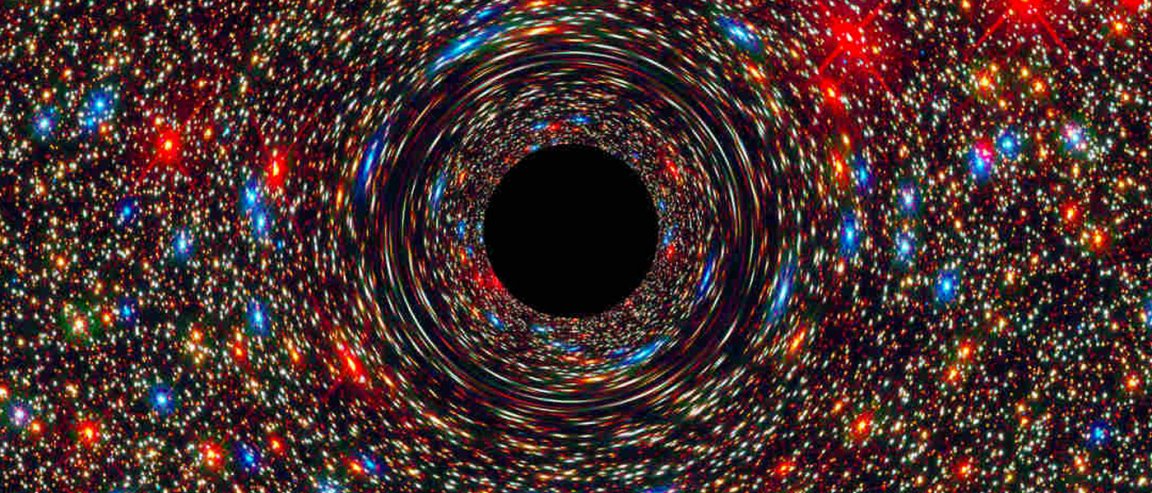
A MASSIVE Find
It has long been thought that supermassive black holes are mainly found in huge galaxy clusters.
For example, the largest current record-holder, a whopping 21 billion-solar-mass black hole, lurks in the giant Coma cluster, 1,000 galaxies strong. For comparison, the Milky Way harbors a lightweight that barely registers 4 million suns.
But now, astronomers with the MASSIVE survey—which seeks to discover and classify the most massive galaxies and supermassive black holes in the near universe—have found an anomalous outlier. They’ve discovered a 17 billion-solar-mass supermassive black hole in the elliptical galaxy NGC 1600—a member of a tiny galaxy cluster of only about 20 galaxies.
That’s roughly comparable to our own Local Group.

Like a Skyscraper in a Small Town
According to Chung-Pei Ma, an astronomer at UC Berkeley and lead author of the study and head of the MASSIVE survey, the find was a little startling.
“It’s sort of like, you would expect to find skyscrapers at the center of Manhattan, but this one is more like finding a very, very tall building somewhere in a small town in the U.S. where you would not expect to see something so big,” she says.
The black hole is anomalous in many more ways than simply its exceptional heft. Located about 200 light years away in the constellation Eridanus the River, the behemoth object is about 10 times more massive than expected for a galaxy of NGC 1600’s size; moreover, the galaxy’s central bulge is unusually depleted in stars.
One explanation is the NGC 1600 formed from the merger of two large galaxies; in an early epoch of the universe, the two already massive central black holes merged (in what must have been a truly cosmos-rocking, much bigger brother to the black hole merger seen in the first-ever gravitational wave detection) and gravitationally ejected an enormous number of stars from the galaxy—equal to the number of stars in the Milky Way’s disc.
Furthermore, the galaxy entered a quasar phase, sucking in huge amounts of gas and dust to fuel its engine—and preventing other galaxies in its local neighborhood from growing. Kind of like a greedy sibling who grows at the expense of the other children.
“Now, the black hole is a sleeping giant,” Ma observes. Let’s hope it stays that way.